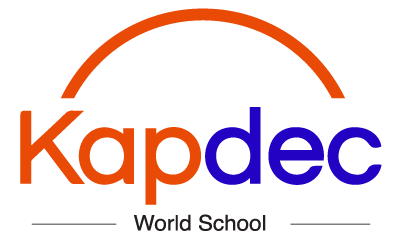About the Course
Explore the concepts, methods, and applications of differential and integral calculus, including topics such as parametric, polar, and vector functions, and series. You’ll perform experiments and investigations and solve problems by applying your knowledge and skills.
Skills You’ll Learn
- Determining expressions and values using mathematical procedures and rules.
- Connecting representations.
- Justifying reasoning and solutions.
- Using correct notation, language, and mathematical conventions to communicate results or solutions.
Equivalency and Prerequisites
College Course Equivalent
A first-semester college calculus course and the subsequent single-variable calculus course.
Recommended Prerequisites
You should have successfully completed courses in which you studied algebra, geometry, trigonometry, analytic geometry, and elementary functions. Particularly, you should understand the properties of linear, polynomial, rational, exponential, logarithmic, trigonometric, inverse trigonometric, and piecewise-defined functions, as well as sequences, series, and polar equations. You should know how to graph these functions and solve equations involving them. You should also be familiar with algebraic transformations, combinations, compositions, and inverses for general functions.
Course Content
The course content outlined below is organized into commonly taught units of study that provide one possible sequence for the course. Your teacher may choose to organize the course content differently based on local priorities and preferences.
Unit 1: Limits and Continuity
You’ll start to explore how limits will allow you to solve problems involving change and to better understand mathematical reasoning about functions.
Unit 2: Differentiation: Definition and Fundamental Properties
You’ll apply limits to define the derivative, become skillful at determining derivatives, and continue to develop mathematical reasoning skills.
Unit 3: Differentiation: Composite, Implicit, and Inverse Functions
You’ll master using the chain rule, develop new differentiation techniques, and be introduced to higher-order derivatives.
Unit 4: Contextual Applications of Differentiation
You’ll apply derivatives to set up and solve real-world problems involving instantaneous rates of change and use mathematical reasoning to determine limits of certain indeterminate forms.
Unit 5: Analytical Applications of Differentiation
After exploring relationships among the graphs of a function and its derivatives, you’ll learn to apply calculus to solve optimization problems.
Unit 6: Integration and Accumulation of Change
You’ll learn to apply limits to define definite integrals and how the Fundamental Theorem connects integration and differentiation. You’ll apply properties of integrals and practice useful integration techniques.
Unit 7: Differential Equations
You’ll learn how to solve certain differential equations and apply that knowledge to deepen your understanding of exponential growth and decay and logistic models.
Unit 8: Applications of Integration
You’ll make mathematical connections that will allow you to solve a wide range of problems involving net change over an interval of time and to find lengths of curves, areas of regions, or volumes of solids defined using functions.
Unit 9: Parametric Equations, Polar Coordinates, and Vector-Valued Functions
You’ll solve parametrically defined functions, vector-valued functions, and polar curves using applied knowledge of differentiation and integration. You’ll also deepen your understanding of straight-line motion to solve problems involving curves.
Unit 10: Infinite Sequences and Series
You’ll explore convergence and divergence behaviors of infinite series and learn how to represent familiar functions as infinite series. You’ll also learn how to determine the largest possible error associated with certain approximations involving series.




